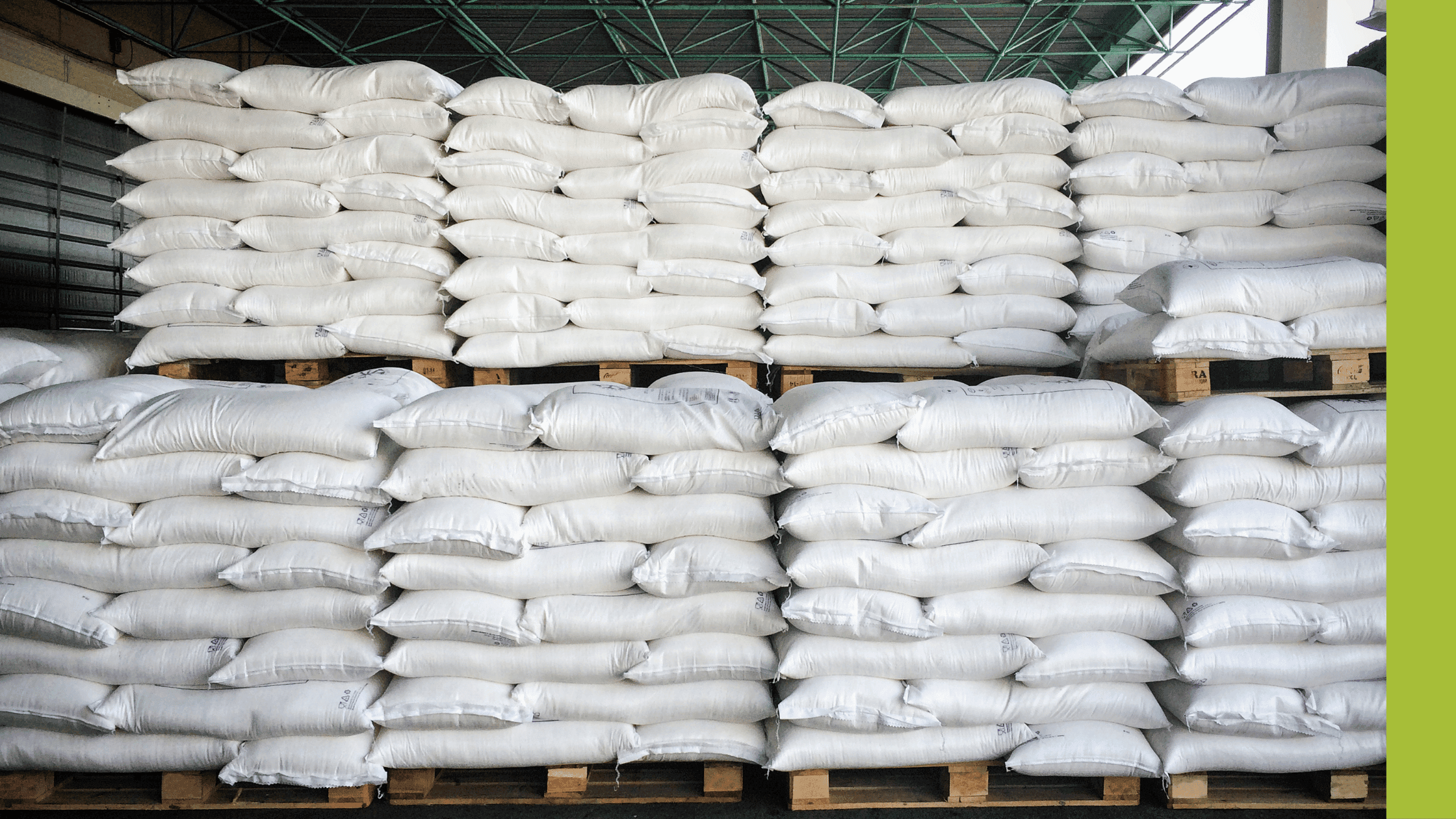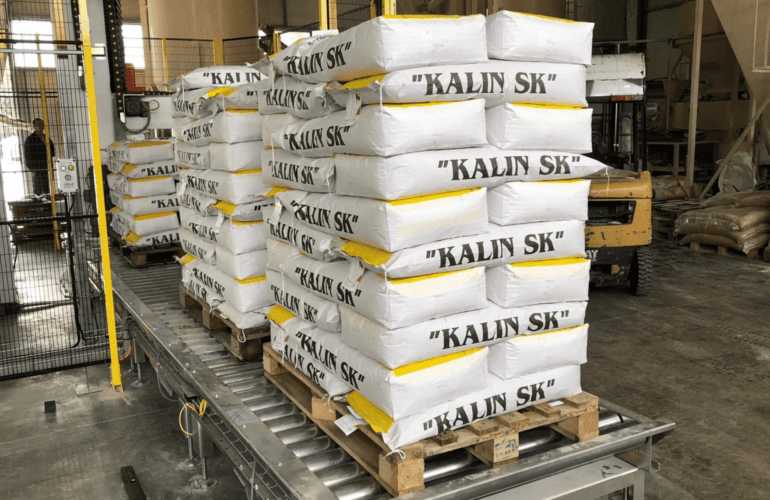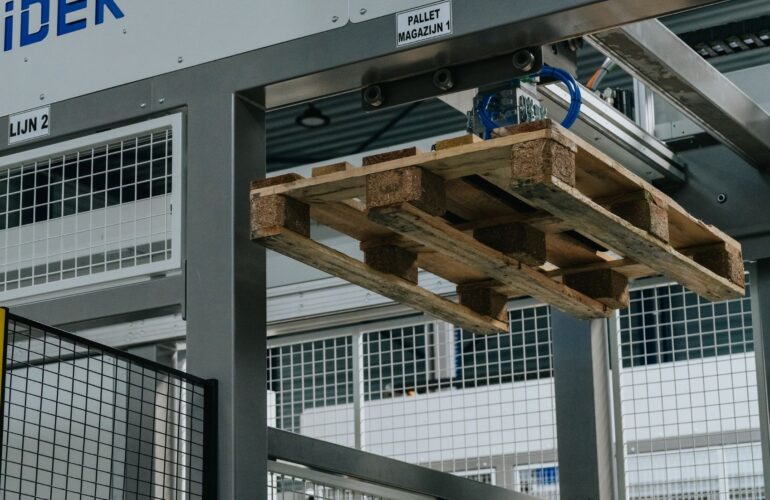Manufacturers are increasingly seeing the benefits of investing in specialist machinery right across the production line but in this blog, we look specifically at sack filling automation. Why should you consider introducing robots at this point in the manufacturing process, how do they work and what impact can they have?
The sack filling process
Whether a bag contains foodstuffs, aggregates or animal feed, there are three key steps to filling it: preparing the bag, filling the bag and removing the bag from the filling machine. On top of this, raw materials need to be moved at the start of the process and the finished product must be transported out of the door at the end. Improving performance in any of these stages will improve the efficiency and productivity of the whole operation – and a sack filling machine, along with other integrations, can deliver benefits at every point.
Sack filling machines: how they work
VFFS (vertical form fill seal) packing machines bag grains, pellets and aggregates in medium to large sacks before sealing them ready for palletising and transportation. The technology means that what would take several people minutes to complete can be accomplished in just a few seconds, with far greater precision and accuracy.
In fact, the V5/10 Special, from industry experts VAI, can fill up to 1,500 bags per hour. At the press of a button the cycle begins: PE bags are made up from a roll of flat film, weighed (or dosed) using a double weighing system, sealed closed and delivered to the outfeed conveyor, all at high speed. You can see one of the VAI machines in action here.
Multiple benefits
As well as the time savings and associated increases in productivity, there are a whole range of other benefits to be had from incorporating sack filling machines:
- Less human input means fewer mistakes are made and less product is wasted
- Fewer people required means a reduced wage bill and a chance to redeploy your most skilled workers elsewhere in the business
- Less operator injuries, due to back strains and other associated issues relating to the lifting of heavy sacks.
Integrated solutions
Available as either automatic or semi-automatic systems, machines can be customised to suit your specific requirements with additional devices such as scales, vibrating feeders, conveyors and printing capabilities. Sack filling machinery can also integrate with other solutions including sack palletisers, and conveyors so the process can be automated from end to end.
An obvious choice
Replacing manual labour with machines brings greater efficiency, improved productivity and less wastage, not to mention fewer staff shortages and a lower risk of manual handling injuries. If you’re looking to reap some of these benefits and introduce automation into your production line, a sack filling machine is a good place to start.




